Benefits of Medical Marijuana
How Our Ancestors Used the Cannabis Plant
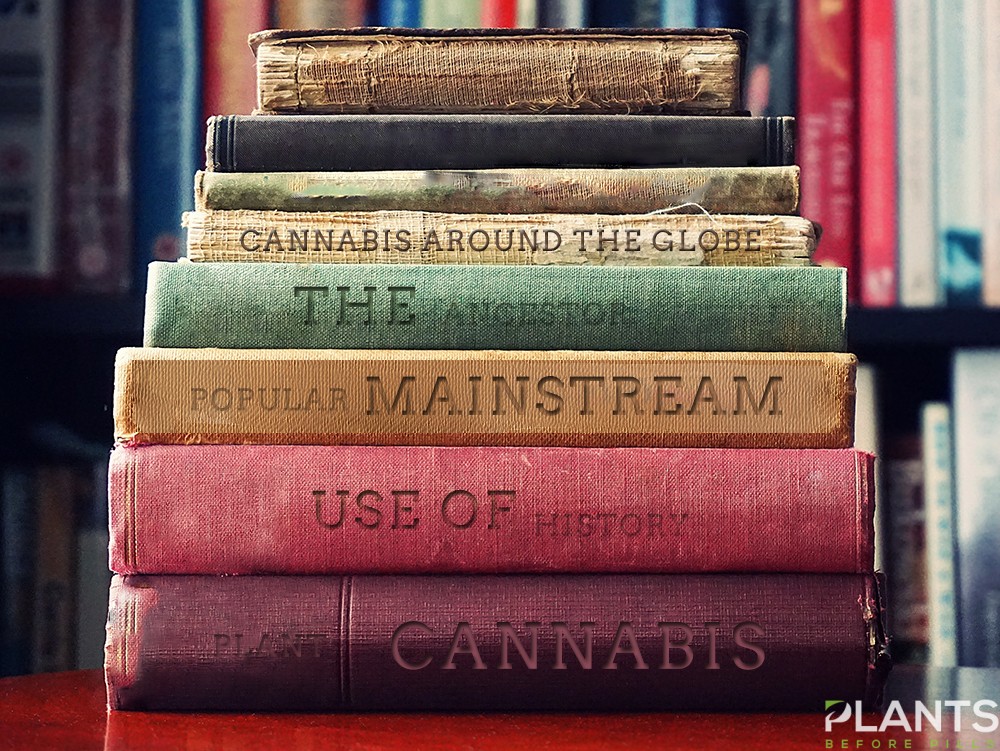
The mainstream use of cannabis might seem like a modern development, but this plant has been used by humankind for thousands of years. In fact, research suggests that cannabis is one of the oldest crops humanity has cultivated and that humans have been growing this plant for around 12,000 years. You might be wondering what our ancestors were doing with this naturally-occurring crop. Read on to find out.
Cannabis Around the Globe
Experts believe that this herb first emerged in Central Asia in what is present-day Mongolia and the southern parts of Siberia. It was widely used in China for many purposes including spiritual and medical. This herb then made its way through a series of trading routes from China to Korea, India, and eventually, the European countries and can now be cultivated in tropical and temperate environments, and even indoors.
In the early 20th century, cannabis reached the United States through Mexico, where it was banned by the American government. However, this herb proved to have valuable characteristics that are beneficial to modern medicine and other sectors. Let us look at how our ancestors used this herb:
-
For Religious Rites
In the Ancient Egyptian times, this herb was associated with various religious and spiritual figures. The Egyptian goddess of wisdom is Sheshatt – she was usually portrayed with a marijuana leaf, perhaps due to its cerebral effects. Experts also found proof of Egyptians consuming this herb during religious rituals.
Aside from Ancient Egypt, there is evidence of the religious application of this plant in other ancient cultures too. In fact, some researchers suggest that Jesus, as a historical figure, advocated the use of Kaneh-Bosem, which was eventually identified as being an extract of cannabis.
Other cultures that placed religious significance on the plant include India, China, and Japan.
-
Cannabis As Industrial Material
This plant has a subspecies called Cannabis sativa L., commonly called hemp. This subspecies has very low psychoactive effects and is rich in fiber, making it perfect for crafting industrial materials. Materials derived from this variety include textile, plastic, paper, rope, food and other similar supplies. Hemp fiber is used to create boat sails and clothes, making it a valuable crop in ancient cultures.
-
In Folk Medicine
From ancient to medieval times, this plant has been integrated into medical practices. In India, cannabis is known as a holy ingredient because of the role it plays in rituals. In fact, the Vedas mentioned this herb as one that ‘releases us from anxiety,’ recognizing its anti-anxiety and anti-depressant effects.
The Chinese also found this herb useful in medicine, earning it a place in the Shennong Bencaojing, a medical book that notes the various uses of different parts of the plant. Arabic cultures also applied medical marijuana for illnesses.
-
For Arts and Recreation
One of the most notable users of this herb is none other than the prolific playwright, William Shakespeare. In fact, scientific journals published evidence of cannabis traces in 8 pipes from Shakespeare’s garden. This writer is well known for inventing words and creating original dramas that have stood the test of time, possibly thanks to the brain high given by the marijuana he consumed.
With the cannabis plant being valued by our ancestors in the areas of religion, industry, medicine, and the arts, the legalization of this herb in modern times is well warranted. Today, it is being used to treat serious debilitating illnesses and symptoms including cancer, epilepsy, and arthritis. As such, it has proven itself to be a valuable alternative to medications and a useful addition to medical treatments that can improve the lives of many patients and even ordinary users.
Medical Disclaimer:
The information provided in these blog posts is intended for general informational and educational purposes only. It is not a substitute for professional medical advice, diagnosis, or treatment. Always seek the advice of your physician or other qualified healthcare provider with any questions you may have regarding a medical condition. The use of any information provided in these blog posts is solely at your own risk. The authors and the website do not recommend or endorse any specific products, treatments, or procedures mentioned. Reliance on any information in these blog posts is solely at your own discretion.
Benefits of Medical Marijuana
Can CBD Help with Tinnitus?

High-pitched tones and ringing in your ears might already be a normal phenomenon to you, but this condition called tinnitus is actually a type of condition that many other people deal with, especially as they grow older over time.
People have heard that cannabidiol has been great for people dealing with different types of health conditions, from chronic pain, anxiety, insomnia and many others. With its prominence in the field, it comes as no surprise that there are many people who believe that this can help deal with tinnitus as well.
This article will let you in on what CBD products can do to help with tinnitus or if it can even help at all. Read on to find out.
What is Tinnitus?

Tinnitus is commonly described as a term when you hear ringing in your ears. Apart from ringing, you can also encounter high-pitched sounds, a buzzing or hissing sound, whistling, and other similar sounds. This particular condition can actually disrupt or interfere with how you normally hear or perceive sounds.
Tinnitus is often referred to as a symptom primarily because it points to other underlying conditions. For example, this can be caused by an ear injury, hearing loss due to age, high or low blood pressure, wax buildup in the ear canal, and problems relating to the neck, jaw, or teeth, to name a few.
Those who suffer from this condition for prolonged periods of time tend to develop stress, anxiety, and even depression.
This condition is treated and managed with the help of hearing aids, sound generators, environmental enrichment devices such as CD and mp3 recordings, and relaxation techniques.
How CBD Can Ease This Condition

Individuals have their own endocannabinoid system (ECS). This is comprised of the naturally-occurring cannabinoids in the body, enzymes, as well as cannabinoid receptors. The main goal of the ECS is to provide balance and regulation to our different bodily functions.
The cannabinoid receptors in our body, namely CB1 and CB2 receptors respond to cannabinoids we take, such as that of CBD.
Help Calm Nerves
CBD oil and other cannabidiol products have the capacity to help calm the nerves and the body. With cannabinoids being found to be of great help in neural processing within the auditory system, using CBD products can slow down these neural impulses. In turn, tinnitus, and the ringing it brings in your ears, can be toned down.
Potential to Reduce Hearing Loss
A study conducted in 2020 shows a positive disposition towards the use of cannabidiol and treating hearing conditions such as tinnitus. Since CBD is known to have anti-inflammatory and soothing effects, this can reportedly aid with the condition and reduce the chances of hearing loss.
Address Side Effects That Come with Tinnitus
As mentioned, people dealing with tinnitus, especially those who have dealt with this condition for a long time now, tend to develop stress, depression, and anxiety. CBD products are effective in reducing these feelings by interacting with the serotonin receptors in the brain.
The Bottom Line
There is still quite a way to go in studying the effects of CBD on tinnitus. However, with the preliminary studies conducted, it shows that cannabidiol is promising with its ability to manage symptoms of this condition.
Medical Disclaimer:
The information provided in these blog posts is intended for general informational and educational purposes only. It is not a substitute for professional medical advice, diagnosis, or treatment. Always seek the advice of your physician or other qualified healthcare provider with any questions you may have regarding a medical condition. The use of any information provided in these blog posts is solely at your own risk. The authors and the website do not recommend or endorse any specific products, treatments, or procedures mentioned. Reliance on any information in these blog posts is solely at your own discretion.
Benefits of Medical Marijuana
Best CBD for Sleep [VIDEO]
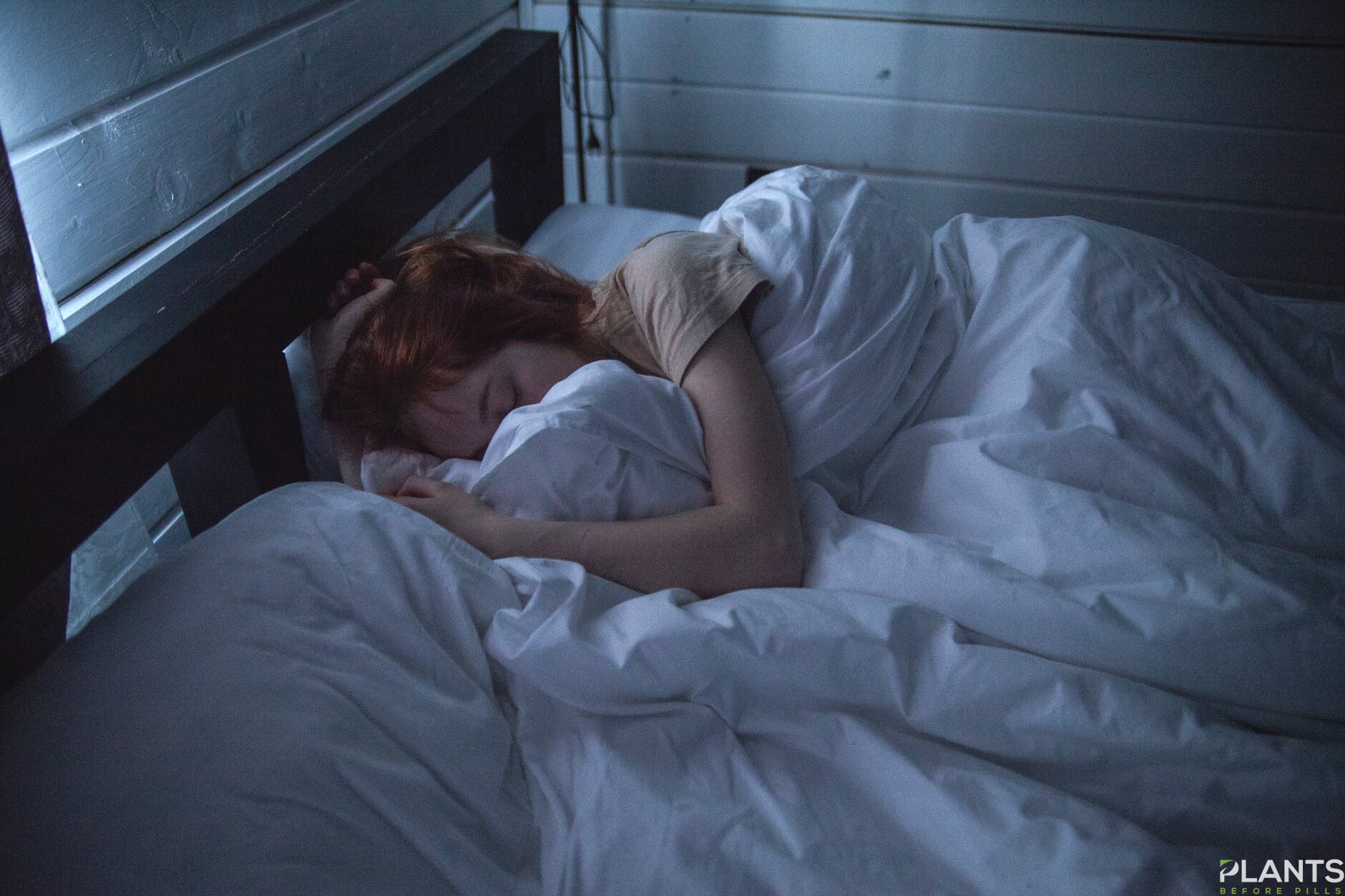
In recent years, CBD has become a buzzwordd for its ability to reduce anxiety and treat poor slumber. However, when it comes to addressing sleep problems, not all CBD is created equal. If you’re dealing with insomnia or any kind of bedtime issues, then find out which type of CBD should you use.
Medical Disclaimer:
The information provided in these blog posts is intended for general informational and educational purposes only. It is not a substitute for professional medical advice, diagnosis, or treatment. Always seek the advice of your physician or other qualified healthcare provider with any questions you may have regarding a medical condition. The use of any information provided in these blog posts is solely at your own risk. The authors and the website do not recommend or endorse any specific products, treatments, or procedures mentioned. Reliance on any information in these blog posts is solely at your own discretion.
Benefits of Medical Marijuana
How to Take Epidiolex and What Are Its Side Effects
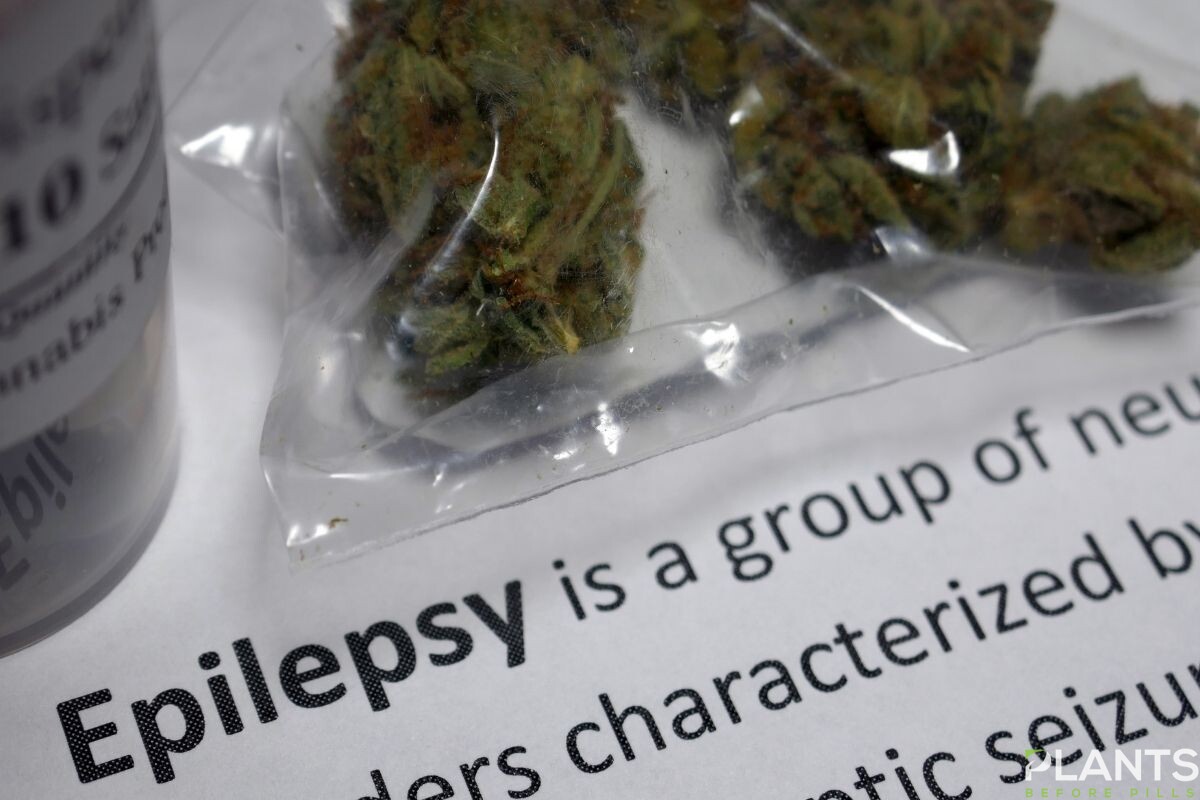
Epidiolex and Its Effectiveness
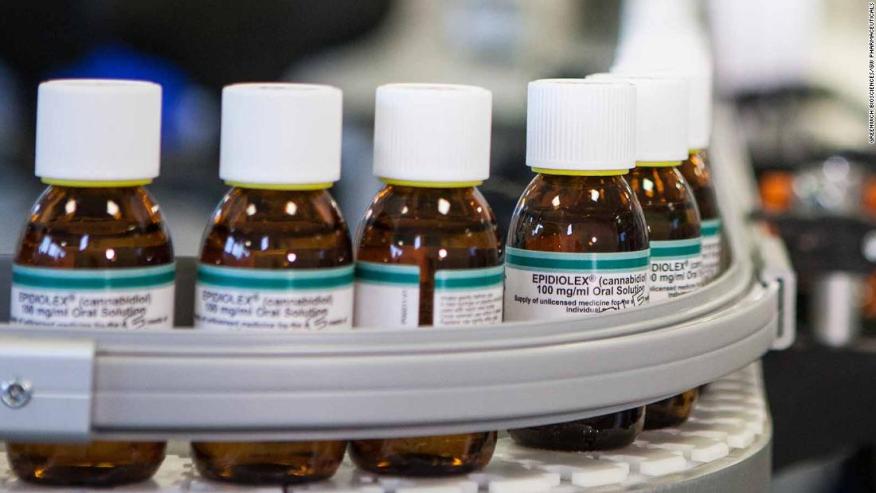
How to Use Epidiolex
As instructed by your doctor, take Epidiolex medicine twice a day by mouth. With or without meals, this drug should be taken in the same manner for each and every dose. Choosing one method and sticking to it is essential. How much medicine you take is determined by your health status and any other drugs you may be taking. If you’re taking any kind of medication, whether prescription or non-prescription, inform your doctor and pharmacist about it. Your doctor may instruct you to begin taking this medicine at a lower dosage and gradually raise your dosage in order to minimize the chance of adverse effects. Your doctor may also gradually lower your dosage if you are told to stop using this medicine. Observe your doctor’s advice to the letter. Using a specific spoon or measuring equipment, carefully measure the dosage. Avoid using a household spoon since you may not receive the right dosage.Side Effects
Sleepiness, exhaustion, difficulty falling asleep or staying asleep, a lack of energy and a decrease in appetite, weight loss, or diarrhea are all possibilities. It’s important to notify your doctor or pharmacist if any of these side effects continue or worsen. Remember that your doctor ordered this medicine because he or she believes that the benefits outweigh the risks. The majority of people who use this medicine do not have any substantial adverse effects. Signs of liver damage should be reported to your doctor as soon as possible. Anti-seizure medicines may cause depression, suicidal thoughts, or other mental/mood issues in a tiny percentage of people. The risk of a severe allergic response to this medication is quite low. However, if you detect any signs of a severe allergic response, such as a rash, itching, swelling, severe dizziness, or difficulty breathing, you should seek immediate medical attention.How Much Is Epidiolex?
The price of Epidiolex might vary, just like the price of any other drug. Epidiolex may only be available at a specialized pharmacy. Specialty drugs are permitted to be sold at this pharmacy. Patients may need assistance from a healthcare professional in order to properly and efficiently utilize these medications. Your insurance provider may demand that you obtain prior authorization before covering Epidiolex. As a result, before your insurance company will pay a prescription medication, your doctor and insurance company must talk about it. Whether or not a medicine is covered by insurance depends on the outcome of the prior authorization request. Your insurance provider can help you determine whether or not you need prior permission for Epidiolex.Conclusion
Though Epidiolex is an FDA-approved drug, there are no guaranteed similar good effects on every person. So if you ever encountered side effects that are listed above or anything that makes you feel uncomfortable after taking Epidiolex, it is recommended to consult your doctor immediately.Medical Disclaimer:
The information provided in these blog posts is intended for general informational and educational purposes only. It is not a substitute for professional medical advice, diagnosis, or treatment. Always seek the advice of your physician or other qualified healthcare provider with any questions you may have regarding a medical condition. The use of any information provided in these blog posts is solely at your own risk. The authors and the website do not recommend or endorse any specific products, treatments, or procedures mentioned. Reliance on any information in these blog posts is solely at your own discretion.
Benefits of Medical Marijuana
Cannabis as a Natural Treatment for Autism [VIDEO]
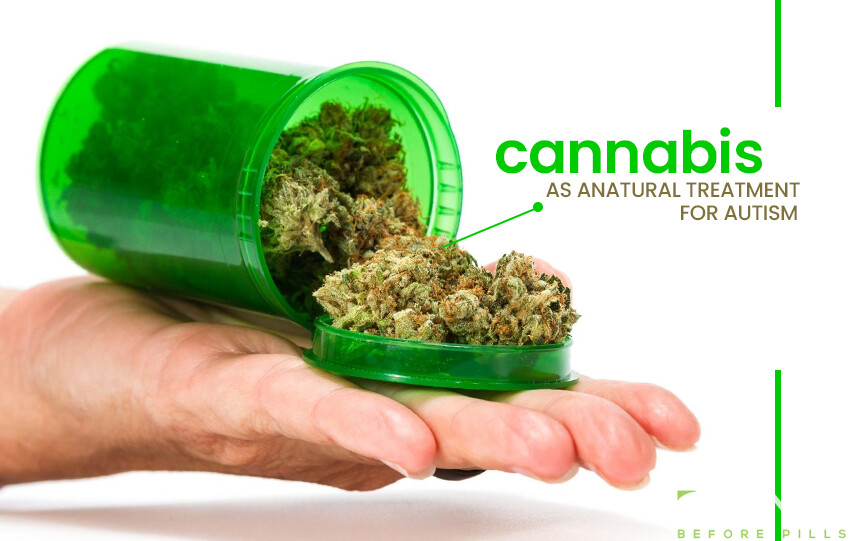
When typical medications simply aren’t doing enough to manage their children’s symptoms, mothers like Jenni Mai are turning to medical marijuana for a more natural autism treatment.
Medical Disclaimer:
The information provided in these blog posts is intended for general informational and educational purposes only. It is not a substitute for professional medical advice, diagnosis, or treatment. Always seek the advice of your physician or other qualified healthcare provider with any questions you may have regarding a medical condition. The use of any information provided in these blog posts is solely at your own risk. The authors and the website do not recommend or endorse any specific products, treatments, or procedures mentioned. Reliance on any information in these blog posts is solely at your own discretion.
Benefits of Medical Marijuana
CBD for Lung Cancer: Can it Help?

Science-Backed Findings
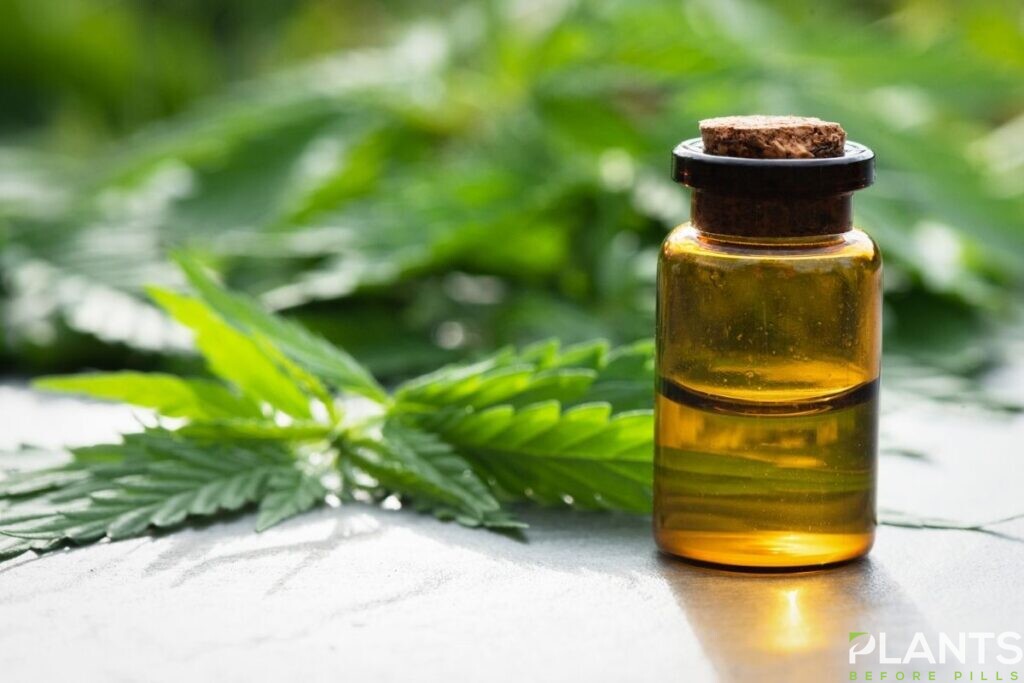
Addressing Cancer Symptoms
Chronic pain is one of the hallmark characteristics of cancer. Fortunately, cannabidiol is known to address chronic pain by interacting with parts of the brain in charge of pain and pleasure. This cannabinoid can be used for pain management thanks to its pain-relieving and anti-inflammatory properties. As for other distinct symptoms of cancer and its treatment such as vomiting, nausea, and cachexia, another cannabinoid is known to address them. The FDA has approved the use of two synthetic THC medications to treat nausea and vomiting. Moreover, cancer and its symptoms like cachexia are considered to be qualifying conditions for medical marijuana.Essential Reminder
It is important to remember that further studies are needed and approval from regulatory bodies such as the Food and Drug Administration is required. CBD should not be considered as an alternative treatment or a cure, but only as a treatment aid. To ensure the safe consumption of CBD for such conditions, make sure to consult your doctor.The Takeaway
CBD has been showing potential for treating cancer through various studies. Those who are looking into using it as a treatment aid can do so as long as they are aware of the potentials and limitations of this substance.Medical Disclaimer:
The information provided in these blog posts is intended for general informational and educational purposes only. It is not a substitute for professional medical advice, diagnosis, or treatment. Always seek the advice of your physician or other qualified healthcare provider with any questions you may have regarding a medical condition. The use of any information provided in these blog posts is solely at your own risk. The authors and the website do not recommend or endorse any specific products, treatments, or procedures mentioned. Reliance on any information in these blog posts is solely at your own discretion.
Benefits of Medical Marijuana
Where is the Best Place to Buy Medical Marijuana?
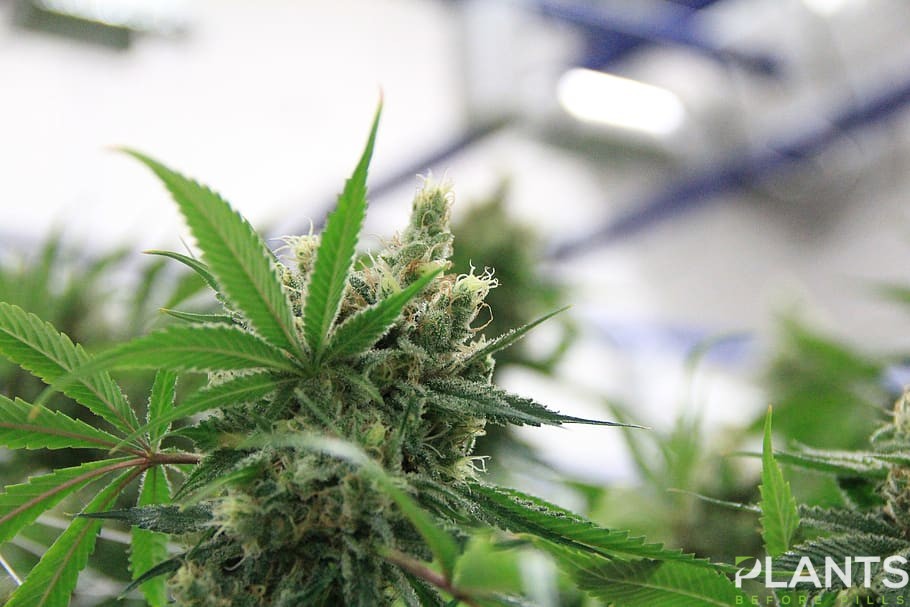
Despite many states having legislation forbidding the use of medicinal marijuana, more than two-thirds of them and the District of Columbia have legalized it, with more on the way. Although many individuals use marijuana, the FDA only authorizes it to treat Dravet syndrome and Lennox-Gastaut syndrome, two uncommon and severe types of epilepsy.
Why hasn’t there been more investigation? One explanation is that marijuana is classified as a Schedule I substance by the United States Drug Enforcement Administration (DEA) and heroin, LSD, and ecstasy. It is very likely to be misused and has no medicinal benefit. According to Marcel Bonn-Miller, Ph.D., a drug abuse expert at the University of Pennsylvania Perelman School of Medicine, researchers require specific permission to study it because of this.
The DEA contemplated reclassifying marijuana as a Schedule II substance, similar to Ritalin or oxycodone, but decided against it. That is unlikely to alter very soon. However, the government agreed to finance further marijuana studies and make the process easier for researchers. Here, we will provide some background information on the uses of medicinal marijuana and its potential adverse effects.

What exactly is medicinal marijuana?
Medical marijuana is a type of marijuana used to cure diseases or symptoms by using the marijuana plant or its other components. Although it has the same active component as recreational marijuana, its uses are solely for medical purposes.
Cannabinoids, which there are hundreds of, are a large category of chemicals found in marijuana plants. Each has its particular effect on the human body. Often in medicine (CBD), the most frequently used are the chemicals delta-9-tetrahydrocannabinol (THC) and cannabidiol (CBD). THC is also responsible for the high that people experience when they smoke marijuana or consume THC-containing foods.
What is medical marijuana used for?
There is medical marijuana research to see if it can assist with a variety of ailments, including:
- Chronic pain: a condition that affects the central nervous system.
- Nausea
- Muscular spasms, particularly those linked with diseases like multiple sclerosis
- Difficulties with sleep
Cannabis also treats the following ailments:
- Cancer
- Chronic pain
- Glaucoma
- Migraine
- Any other chronic or persistent medical condition that restricts your capacity to carry out essential life activities or that, if not treated, might cause substantial harm to you.
Cannabis is beneficial in the treatment of diseases or the symptoms of illnesses, including appetite loss. Because it makes those who consume it extremely hungry, it has shown to be particularly effective in treating various diseases. AIDS is one example of this illness.
It is not sound advice to use medical marijuana to diagnose or treat medical problems. Using it to diagnose or treat ailments will have little or zero effect on the outcomes of these illnesses. Cannabis should be in use to relieve nagging symptoms of diseases. With minimal signs accompanying a particular disease, people suffering from this disease are more likely to be happy.
Cannabis helps to relieve symptoms like:
- Chronic pain
- Glaucoma
- Migraine
- any other chronic or persistent medical symptom that limits your ability to conduct significant activities in life or can cause serious harm to you if not relieved
Because cannabis can make you hungry, it’s also helpful in treating conditions or side effects of diseases that cause a loss of appetite, such as AIDS.
Medical marijuana is for relieving symptoms, not treating or curing diseases, as using it won’t change the outcome of a specific illness. But it can ease certain symptoms, make you feel better, and improve your quality of life.
How does medical marijuana help?
The active compounds in medicinal marijuana, known as cannabinoids, are comparable to chemicals produced by the body and are involved in hunger, memory, movement, and pain.
Cannabinoids, according to limited studies, may:
- Reduce your anxiety levels
- Relieve pain and reduce inflammation
- Control cancer chemotherapy-induced nausea and vomiting
- Kill cancer cells and slow tumor development
- Relax tight muscles in people with MS
- Stimulate appetite and improve weight gain in people with cancer and AIDS
Has the FDA approved medical marijuana?

Epidiolex, a cannabinoid, was authorized in 2018 to treat seizures linked with Lennox-Gastaut syndrome and Dravet syndrome, two uncommon and severe types of epilepsy. In addition, the FDA has approved two cannabis medications produced by humans. Dronabinol (Marinol, Syndros) and nabilone are the drugs in question (Cesamet). They’re used to alleviate chemotherapy-induced nausea and vomiting. Epidiolex, a cannabinoid, was authorized in 2018 to treat seizures linked with Lennox-Gastaut syndrome and Dravet syndrome, two uncommon and severe types of epilepsy.
Where is the best Medical Marihuana Delivery Place?
Sun Valley Caregivers prides itself on selling our quality medical marijuana products and offering the best marijuana delivery services. They provide compassionate customer service, competitive prices, overall cleanliness, and safe access with plenty of easy parking. The charge is only 14.5% tax for medical customers to boost further the quality of experience they offer customers. If you are a recreational customer, the tax charge is only 19.5%.
Talk of being an authority in the field, Sun Valley Caregivers is one of the first legal cannabis in California operating since 2006. So if you are looking for the best, secure, fast, and reliable medical marijuana delivery, you should consider Sun Valley Caregivers.
Medical Disclaimer:
The information provided in these blog posts is intended for general informational and educational purposes only. It is not a substitute for professional medical advice, diagnosis, or treatment. Always seek the advice of your physician or other qualified healthcare provider with any questions you may have regarding a medical condition. The use of any information provided in these blog posts is solely at your own risk. The authors and the website do not recommend or endorse any specific products, treatments, or procedures mentioned. Reliance on any information in these blog posts is solely at your own discretion.
Benefits of Medical Marijuana
5 Ways CBD Helps Heal Acne and Rosacea [VIDEO]

If you have already tried so many different products for acne and/or rosacea and your skin is now oversensitized, then the answer might be to use CBD. Find out more in this video.
Medical Disclaimer:
The information provided in these blog posts is intended for general informational and educational purposes only. It is not a substitute for professional medical advice, diagnosis, or treatment. Always seek the advice of your physician or other qualified healthcare provider with any questions you may have regarding a medical condition. The use of any information provided in these blog posts is solely at your own risk. The authors and the website do not recommend or endorse any specific products, treatments, or procedures mentioned. Reliance on any information in these blog posts is solely at your own discretion.
Benefits of Medical Marijuana
Does CBD Improve Mental Health? [VIDEO]
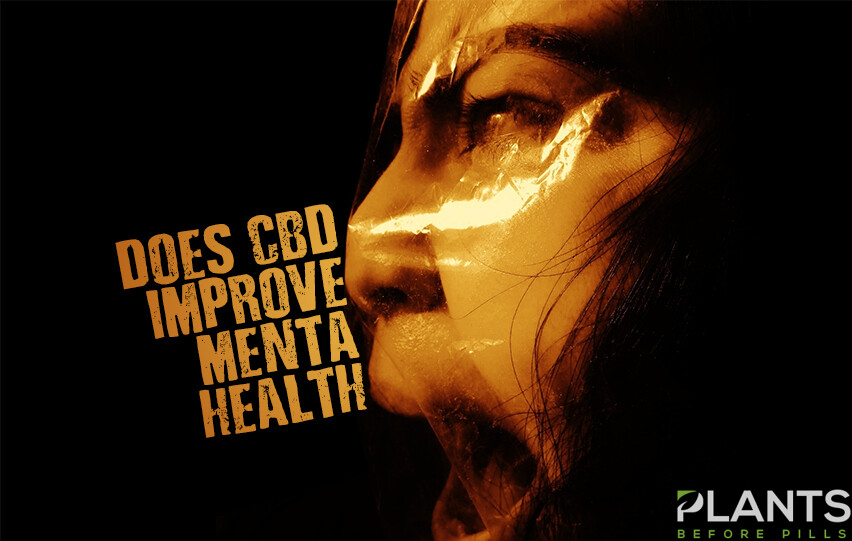
CBD is a big buzzword in health circles these days. The compound is being added into many recipes and products and used to treat a variety of issues, including mental health conditions. The question is: what does research actually say about its claims?
Medical Disclaimer:
The information provided in these blog posts is intended for general informational and educational purposes only. It is not a substitute for professional medical advice, diagnosis, or treatment. Always seek the advice of your physician or other qualified healthcare provider with any questions you may have regarding a medical condition. The use of any information provided in these blog posts is solely at your own risk. The authors and the website do not recommend or endorse any specific products, treatments, or procedures mentioned. Reliance on any information in these blog posts is solely at your own discretion.
Benefits of Medical Marijuana
Does CBD Improve Mental Health? [VIDEO]

CBD is one of the main buzzwords these days. A lot of people are using it to treat a variety of issues, including mental health. The question is – is CBD really effective when it comes to aiding mental health?
Medical Disclaimer:
The information provided in these blog posts is intended for general informational and educational purposes only. It is not a substitute for professional medical advice, diagnosis, or treatment. Always seek the advice of your physician or other qualified healthcare provider with any questions you may have regarding a medical condition. The use of any information provided in these blog posts is solely at your own risk. The authors and the website do not recommend or endorse any specific products, treatments, or procedures mentioned. Reliance on any information in these blog posts is solely at your own discretion.
Benefits of Medical Marijuana
The State of Cannabis in Washington State: Things To Know in 2021

The Pacific Northwest is well known for its beautifully lush landscapes, crisp apples, fresh air, and progressive lifestyle/health views. Being the only state named after a United States president(George Washington), Washington is a place many happily and willingly call home or their sanctuary.
In terms of other well-knowns, Washington state was one of the first to legalize cannabis for recreational use nearly a decade ago (2012 to be exact). As long as you are 21 years old or older and reside in the state, you can privately partake in the consumption of cannabis without any legal ramifications. This has been an appeal to many across the country, with some actually moving to the state for this reason.
In 2021, and with the dawn of a new administration in the White House, marijuana looks to have a very bright few years ahead. We’ve already seen an emergence of pot stocks and hometown dispensaries budding up all around the United States and the rest of North America, and that only looks to continue into the near future.
If you’re in the mood to finally take the leap into using cannabis, now could be a great time to learn more about this wonderful plant and its many healing and rejuvenating properties.
What is it used for mainly in 2021?
Cannabis was once thought only to be good for “getting high.” There has been a plethora of scientific research giving us a better understanding of this miracle plant. It has been used to treat Cancer, Epilepsy, Seizures, Glaucoma, PTSD, Multiple Sclerosis, Inflammation, and even Alzheimer’s disease. In 2021 after a rough 2020, many have been using it as a healthier way to indulge at home, protecting themselves from the ongoing pandemic. Instead of frequent alcohol consumption, there has been a larger shift towards the consumption of cannabis as it has been stated to be less harmful to vital organs like the heart and liver. Alcohol also creates a lot of inflammation within the body, whereas cannabis reportedly fights inflammation.
Best places to buy it in 2021?
The best places to purchase your cannabis are from state-licensed retailers in Washington. Purchasing weed through private means(aka black-market) is still illegal and should be avoided at all costs. Make sure to do your due diligence when seeking reputable dispensaries as there are “pop-up shops” that claim being licensed but are not, and purchasing from them could result in a hefty fine or even jail time.
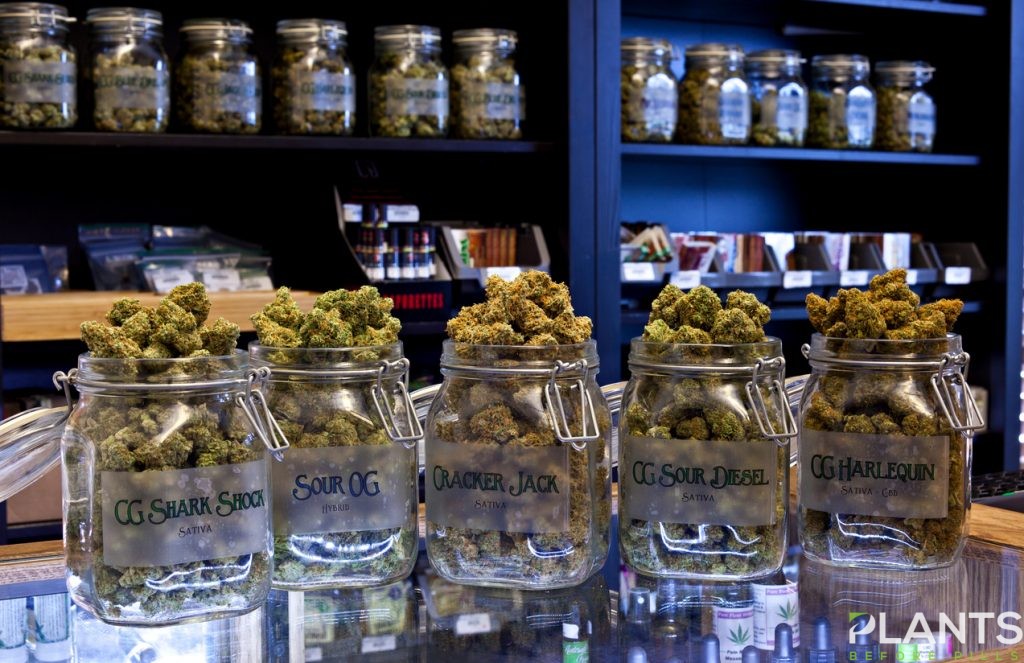
Per WeedMaps, Medical marijuana patients may purchase and possess up to:
- 3 ounces of marijuana, or 85 grams;
- 48 ounces, or 1.36 kilograms of marijuana-infused products in solid form;
- 1.69 gallons, or 6.4 liters of marijuana-infused products in liquid form, or;
- 21 grams of marijuana concentrate.
Washington state cannabis Legislation in 2021
As far as growing and cultivation of marijuana for personal use, this is still illegal. Washington cannabis laws are more liberal than other states, but there are still many restrictions, such as not being able to consume it in “public view”. The most notable push in the cannabis space in Washinton state is a bill for home cultivation.
Conclusion
Washington is a great place to visit and, for many, is one of the best places to call home due to its stance on cannabis consumption. With 2021 being a year of progression, it looks like the state of cannabis in Washington will only continue to shine.
Medical Disclaimer:
The information provided in these blog posts is intended for general informational and educational purposes only. It is not a substitute for professional medical advice, diagnosis, or treatment. Always seek the advice of your physician or other qualified healthcare provider with any questions you may have regarding a medical condition. The use of any information provided in these blog posts is solely at your own risk. The authors and the website do not recommend or endorse any specific products, treatments, or procedures mentioned. Reliance on any information in these blog posts is solely at your own discretion.
-
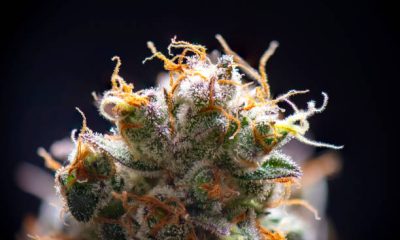
 Cannabis 1014 months ago
Cannabis 1014 months agoExploring the Powerful Profile of Sour Diesel Terpenes: Aroma, Effects, and Uses
-
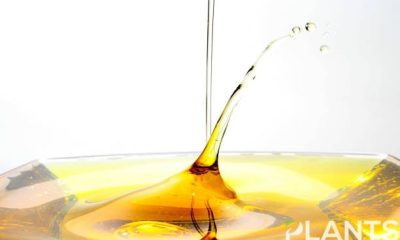
 Videos4 months ago
Videos4 months agoLive Resin Explained: A Potent Cannabis Extract Guide
-

 Cannabis 1014 months ago
Cannabis 1014 months agoWhere to Find the Best Weed Stores in Calgary Without the Headache
-

 Cannabis 1014 months ago
Cannabis 1014 months agoThe Future of vape hardware manufacturer: Innovation Quality and Compliance
-
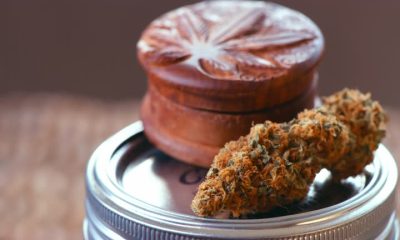
 General3 months ago
General3 months agoIntroduction to Buying Marijuana Seeds
-

 Cannabis Business4 months ago
Cannabis Business4 months agoBenefits of Partnering with a Cannabis POS Provider
-
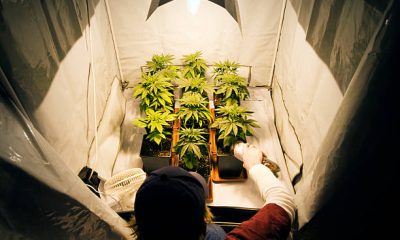
 Cannabis 1013 months ago
Cannabis 1013 months agoThe Complete Guide to Growing Marijuana Tohumsuz
-

 Videos4 months ago
Videos4 months agoSame Day Weed Delivery Surrey: Fast, and Discreet Cannabis











